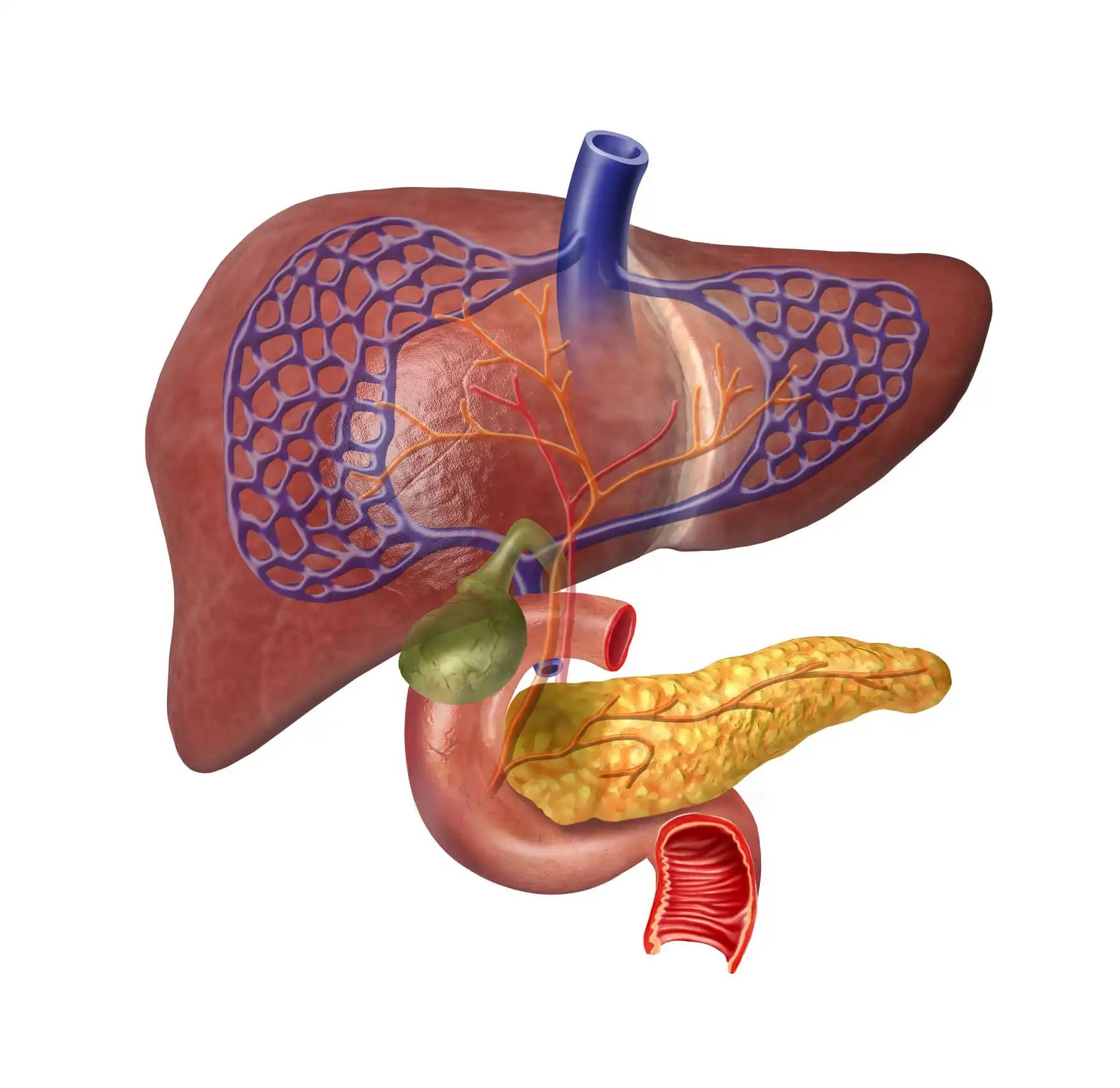KEY TAKEAWAYS
- RATIONALE-301 (NCT03412773), Phase 3 study, compared TIS to SOR as 1L treatment in adult pts with uHCC and met its primary endpoint of OS non-inferiority, indicating the potential benefit of TIS as a 1L treatment option for uHCC.
- The study assessed patients’ HRQoL outcomes in both arms using EORTC QLQ-C30, QLQ-HCC18, and EQ5D-5L.
- TIS showed better HRQoL outcomes than SOR at both cycles, as indicated by LS mean differences in GHS/QoL, physical functioning, fatigue, and HCC symptom index, but not for pain.
- TIS had a lower risk of deterioration of QLQ-C30 GHS/QoL, physical functioning, fatigue, HCC18 index, and fatigue than SOR. Both arms had a similar risk for deterioration in pain.
- TIS was maintained while SOR declined EQ-5D-5L VAS (general health status) scores at cycle 4 and cycle 6, supporting the potential benefit of TIS as a 1L treatment option for uHCC.
The RATIONALE-301 (NCT03412773) research compared tislelizumab (TIS) and sorafenib (SOR) as 1L therapy in adult patients (pts) with unresectable hepatocellular carcinoma (uHCC) and found that TIS was non-inferior to SOR in terms of overall survival (OS). Here, they compared the health-related quality of life (HRQoL) outcomes of the two groups of pts.
Adults with histologically proven uHCC were randomly assigned to take either TIS (200 mg IV Q3W, n=342) or SOR (400 mg PO BID, n=332). The HRQoL was evaluated using the EORTC QLQ-C30, QLQ-HCC18, and EQ5D-5L. The QLQ-global C30’s health status/quality of life (GHS/QoL), physical functioning, and tiredness scales, as well as the HCC18 index score, fatigue, and pain scores, were used in a mixed model for repeated measurements analyzing primary pre-specified PRO endpoints at clinical cycles 4 and 6. Kaplan-Meier analysis was performed using the PRO endpoints to determine the time to deterioration.
The LS mean differences in GHS/QoL, physical functioning, fatigue, and HCC symptom index, but not pain, showed that TIS was superior to SOR in HRQoL outcomes at both cycles. For the QLQ-C30 global health status/quality of life (GHS/QoL) (hazard ratio [HR] 0.68 [95% CI, 0.49-0.94]), physical functioning (0.53 [0.39-0.73]), and fatigue (0.48 [0.37, 0.63]), TIS showed a decreased risk, as did the HCC18 index (0.53 [0.34-0.81]). (0.60 [0.46-0.80]). However, there was an equal possibility of discomfort worsening in each arm (HR 0.78 [0.56-1.09]).
Scores on the EQ-5D-5L VAS (overall health status) were stable for TIS from cycle 4 (mean change from baseline = -0.4 [SD = 14.52] versus -4.3 [12.92] for SOR) through cycle 6. (-0.2 [17.03] vs. -5.4 [13.09]). HRQoL outcomes for patients with HCC treated with 1L TIS were superior to those treated with SOR, especially regarding fatigue and physical functioning. These findings lend credence to TIS as a feasible 1L therapy option for uHCC and make the treatment’s impact on overall survival, response rate, and safety profile.
Source: https://meetings.asco.org/abstracts-presentations/216093
Clinical trial: https://clinicaltrials.gov/ct2/show/NCT03412773
Finn, R.S., Qin, S., Kudo, M., Meyer, T., Boisserie, F., Li, S., Chen, Y., Barnes, G., Abdrashitov, R., Zhu, A.X. and Vogel, A. (2023). Tislelizumab versus sorafenib in first-line treatment of unresectable hepatocellular carcinoma: Impact on health-related quality of life in RATIONALE-301 population. Journal of Clinical Oncology, 41(4_suppl), pp.495–495. doi:https://doi.org/10.1200/jco.2023.41.4_suppl.495.



